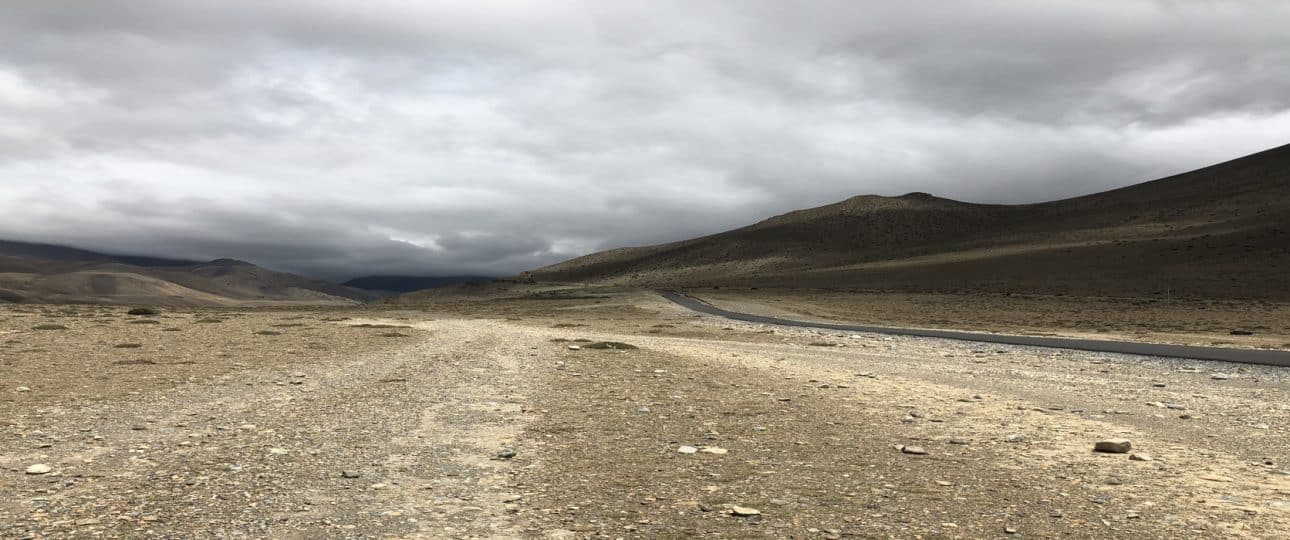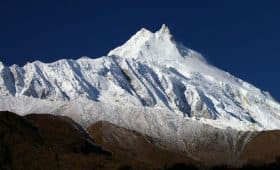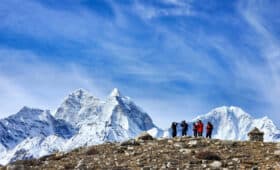Mustang region is one of the most famous trekking routes in Nepal. It is a unique trekking experience to treeless landscapes and rocky trails. With the backdrop of spectacular views of Mt. Nilgiri, Mt. Annapurna, Mt Dhaulagiri, and the other Himalayas.
Mustang was a forbidden place for foreigners until 1992. This isolation has preserved the lifestyle and cultural heritage of the place.
The beautiful land has two section i.e Upper Mustang and Lower Mustang. The main highlight of the Upper Mustang trek is Lo-Manthang, the capital of Upper Mustang.
Along the trail, you will also come across barren ridges, deep canyons, eroded cliffs, and moraine valleys.
Yes, traveling does fill your soul. And, Mustang has a lot to offer.
But, most of the time, the financial constraint is a major reason that pushes your plan behind. And yes, trekking to the Himalayas is quite expensive.
There are a lot of expenses that you need to consider, starting from the plane ticket to Nepal. This should be the most expensive part, followed by the permits to the place.
Further, trekking equipment, local transportation, guide and porter charges are other major expenses. Not to forget tips and souvenir shopping.
Well, how much can you actually plan? But no matter where you travel to, a good preparation adds to make your trips a lot memorable.
Indeed, preparation begins with the financial planning. Knowing how much the trip costs you will make easy plannings.
The beauty of Mustang is undeniable, its unique features should credit for its popularity. The name Mustang came from the Tibetan word “Mun tan” meaning fertile plain. The Tibetan language is widely spoken and the traditional culture remains throughout the region.
Mustang trek is popular among both national and international trekkers.
Table of Contents
Mustang Trek Cost
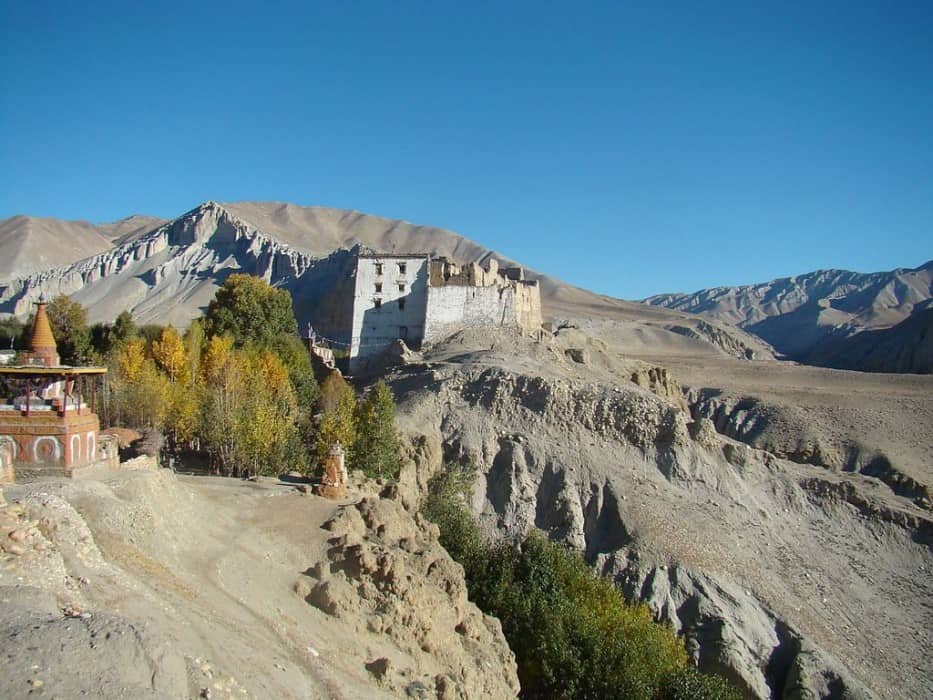
There is a lot to consider before jumping into your plans. It would be best to work on your finances first. Allow us to guide:
Upper Mustang Trekking Permit cost
Like many restricted areas in Nepal, the Nepal government has a special rule and cost for Upper Mustang trekking permits. The permits that you will need are as follows:
Mustang Restricted Area Permit
The cost for this permit is what would scare most trekkers as the price is USD 500 per person. As Mustang is a restricted region in Nepal and difficult to access, the cost you bear for this trek is also high.
The government demands this price to check on the number of tourists entering this hidden region. Plus, to preserve the beauty of the area.
NOTE: This price- USD 500 per person is valid until the first 10 days. And in most cases, this duration is more than enough for two weeks trekking in the region as you will be in the restricted area only for 10 days.
Annapurna Conservation Area Project Permit (ACAP)
You also need to get ACAP which costs USD 20 per person. This is necessary because anyone wishing to reach Upper Mustang has to pass through the Annapurna Region.
NOTE: This permit is valid only for a single time entry and exit. However, the good part is that it is with an unlimited number of days in the Annapurna region.
Trekking Information Management System (TIMS) card
This is not needed if your itinerary is only the Upper Mustang. The Restricted Area Permit works on its behalf.
But, if you wish to do other treks like Annapurna Base Camp or Poon Hill, then the TIMS cards is mandatory.
The cost of this card is USD 10 per person.
Want more information? Send us your query, and our experts will get back to you within 24 hrs.
Guide and Porter Cost
While trekking in Nepal, you can go on solo treks. But some treks, especially to the restricted regions demand a licensed guide or porters. Such is the rule for Mustang trek.
Like any other trekking region, hiring a guide is not expensive for the Mustang region.
The per day cost for a guide is USD 25 -30, which includes the cost of food, accommodation, and insurance.
The good news is you can also hire a porter while trekking in the Upper Mustang. The cost for a porter is not much of a difference to that of a guide and ranges from USD 20-25. This also includes the porter’s food, accommodation, and insurance.
Now, many people often wonder if Upper Mustang trek is possible with a porter only. The answer is Yes. Yet, hiring a guide is highly recommended.
A professional guide has a license from the government and has the necessary training for easy trekking. They are well trained to handle an emergency situation and ensure clients safety. Thus, you might want to consider these factors.
NOTE: You will not get entry at entry points if you are not accompanied by either of these two.
Cost of transportation
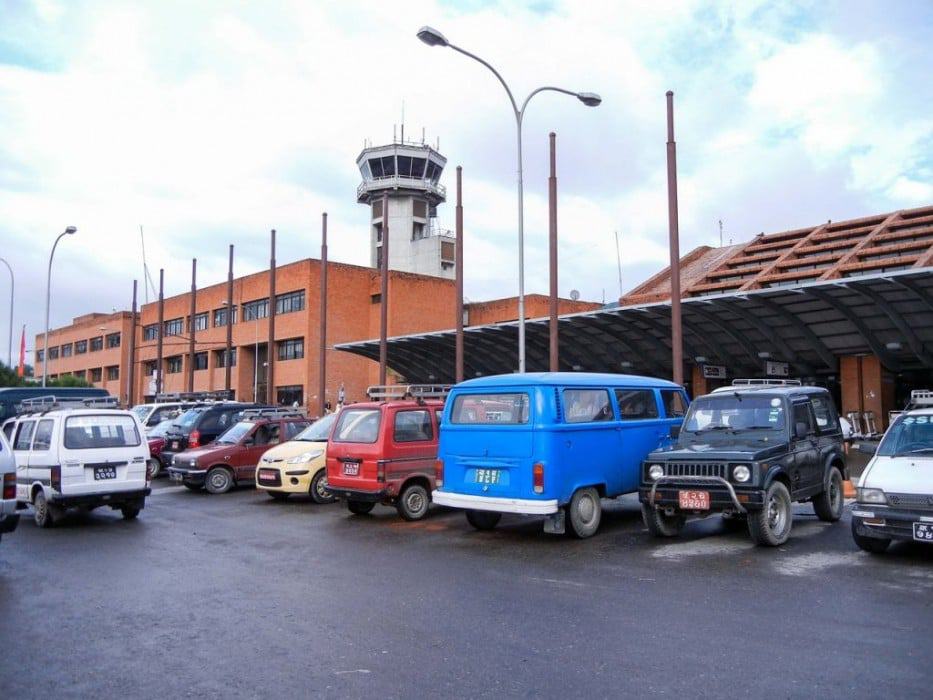
One thing is certain, your travel always starts from Kathmandu, then to Pokhara continuing to Jomsom. Jomsom is the vantage point from where your actual trek starts.
There are many mediums of transportation between Kathmandu to Pokhara such as Local buses, tourist buses, daily flights as well as private jeeps.
From Pokhara to Jomsom though you can take local buses and jeeps. But taking a flight is highly recommended for safety concerns.
During the monsoon season, the local buses and Jeeps are uncertain. Moreover, the roadway can be risky.
Well, let us give you a rough idea about the cost.
- Kathmandu to Pokhara ( By Bus)- USD 8 -30 one way per person
- Kathmandu to Pokhara (By flight)- USD 120 one way per person
- Pokhara- Jomsom –Kagbeni (bus/jeep) –roughly USD 30 -40 per person
- Pokhara to Jomsom (Flight) – USD 111 one way per person
Food cost
The Upper Mustang region is a fairly remote area of Nepal. So, the cost of the food is generally more expensive compared to Kathmandu. And the menu choices are also limited.
The reason being – the transportation difficulty. It takes a lot of effort to carry the products to these regions especially when the transportation is not fully accessible.
And, from Jomsom to Lo Manthang locals transport the supplies by pure hard work- either on the mules or by porters. So coming down to cost, you can keep the budget of USD 5 per meal. And around USD 15 to 20 on a daily basis.
Normally, the breakfast is usually cheaper than lunch and dinner.
Drinks
Good news for beer lovers – For those who love beer and likes tasting beer from various countries, you should definitely not miss the local beer in Upper Mustang.
The region has an open border and easy access with Tibet-China. And is one of the cheapest places in the mountain to drink beer.
Most trekkers including guide and porter usually take a round of beer after the trek especially the local Tibetan-Chinese beer.
As for the cost of tea and coffee, it is relatively the same as in other mountainous regions. The cost details are as follows
- A cup of tea – USD 1.5- 4
- A cup of coffee – USD 2 – 4
- A bottle of beer – USD 2 – 5
- A bottle of water / soda – USD 0.5 – 4
Accommodation

Accommodation will never be a problem in the Upper Mustang region. Due to the demand from many trekkers, there are many tea houses and home-stay in the area.
In the past, there were no options than carrying along the tents for camping. But, things have changed at present. There are enough tea houses en route for your comfortable accommodation.
However, you should be aware of the festive season. The tea houses during the festival could be very busy and may not be available everywhere on the route.
The accommodation can be quite an issue during the Tiji festival. Because during the time, the locals and foreign trekkers also join in with the celebration.
The cost of two bedroom accommodation is roughly USD 6 – 9 per person per night.
Other miscellaneous costs
For any trek in Nepal, there is some extra cost you will have to consider and some of them are as follows:
Charging electronic gadgets: Unlike other areas where charging is a free luxury in hotels and restaurants, it is not the same in these regions.
Here it will cost you a few dollars to charge your gadgets such as camera, iPod, mobile phone. The extra cost is due to the high investment in the local hydro-power station.
Being in the mountains for many days require charging your phone or camera as you will be taking a lot of pictures. As such it is wise to invest in a portable solar battery charger or portable power bank.
Extra batteries for your camera can be highly useful.
Bucket shower: Water heated by gas or firewood will cost you a few dollars at a time. It is obvious that you can expect to take a shower every day in the mountains. It is not practical or even economic.
So, an option can be using wipes or a small towel to freshen yourself every morning and night before you go to bed.
One thing is due to cold weather in the higher region, being smelly will not be a matter of concern. So, few baths during your entire trek will be good enough to keep you fresh.
If you visit monasteries, gonpa or stupa, although it is not compulsory, they expect some donations even if small for the maintenance of the area.
Tips in Nepal can vary and depends on one’s own experience with the guide and porter. Though this is not compulsory, your guide and porter will expect some tips from you at the end of the trek.
Conclusion
With all the information provided above, there is no doubt that Mustang trek is an expensive trek. This is largely due to the permit.
But let us remind you that this should not be the reason for you to feel discouraged. Mustang trek is once in a lifetime experience and will be worth each penny that you pay.
Every year, Mustang attracts more and more trekkers due to its untouched natural beauty and cultural lifestyle of the people living in this region.
Thus, we highly recommend you to visit Mustang and be a part of the journey you have never experienced before.
For further information, please do not hesitate to contact us. We assure to guide and assist you with the best knowledge possible.
Want more information? Send us your query, and our experts will get back to you within 24 hrs.
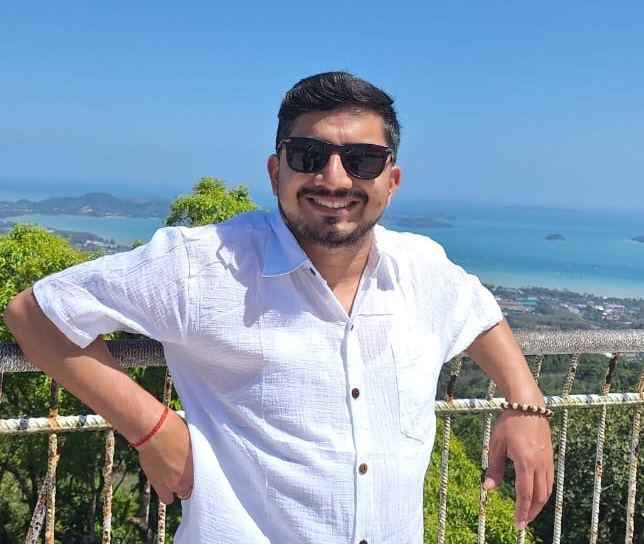
Madhav started working as a porter in 2001 and then moved on to work as a trekking guide. After working in the trekking and tourism industry for eight years, he co-founded Mosaic Adventure in 2009.
Madhav has trekked to most of the trekking destinations in Nepal, including Everest Base Camp Trek, Annapurna Base Camp, Annapurna Circuit Trek, Poon Hill Trek, Jomsom Muktinath Trek, Indigenous Peoples Trek, Langtang Valley Trek, Mardi Himal Trek, and all of the day hikes around Kathmandu.
He has also extensively traveled to other countries such as Australia, the USA, the UK, France, Hong Kong, Japan, China, the Philippines, the UAE, Saudi Arabia, Bahrain, Thailand, Turkey, and India. Madhav is the one who answers most of your questions about trekking and tours and helps to plan your trip by giving a personal touch.

